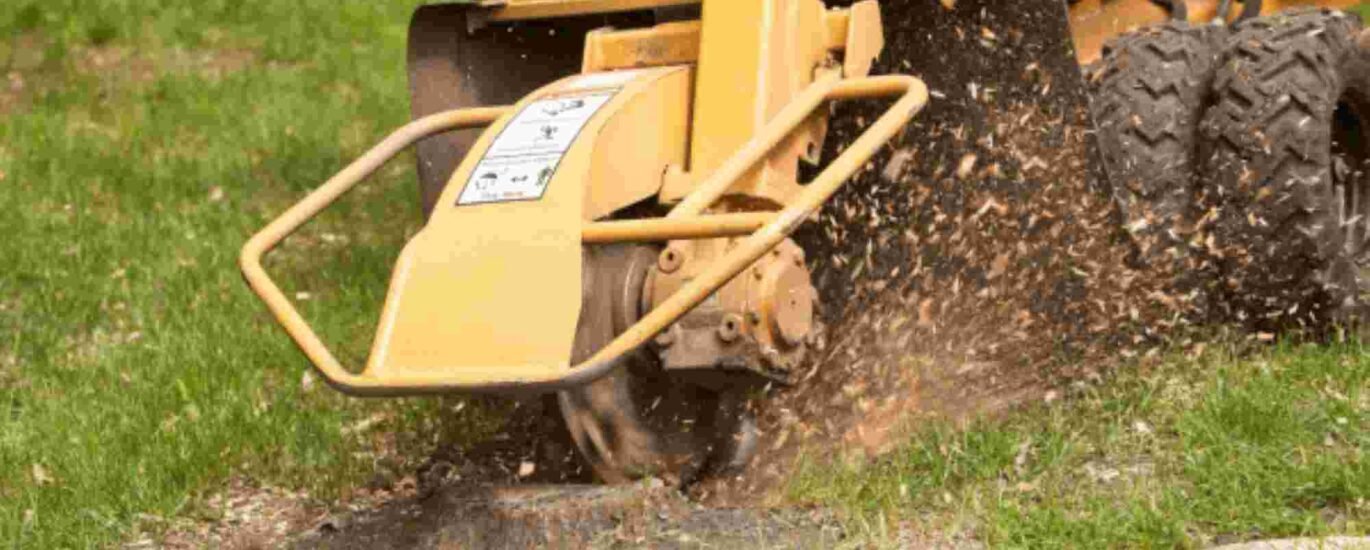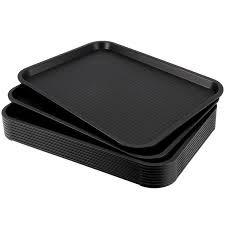So, you’ve had a tree removed—but now there’s a big, unsightly stump sitting in your yard. It’s not just an eyesore—it can attract pests, become a tripping hazard, and make mowing a nightmare. The solution? Stump grinding.
In this guide, we’ll break down everything you need to know about stump grinding—from how it works to whether you should DIY or hire a pro.
What Is Stump Grinding?
Stump grinding is the process of using a powerful machine to grind down a tree stump below ground level. Unlike full stump removal (which involves digging out the entire root system), stump grinding turns the stump into wood chips and leaves the roots to decay naturally over time.
Why You Should Remove Tree Stumps
Leaving a stump behind might seem harmless, but it can lead to:
-
Pest infestations (termites, ants, beetles, etc.)
-
Mold or fungal growth
-
Safety risks (tripping, lawn mower damage)
-
Regrowth of the tree from the roots
-
Unattractive landscaping
Grinding it down gets rid of all these issues quickly and efficiently.
How Does Stump Grinding Work?
A professional brings in a stump grinder, a machine with a rotating cutting disc that chips away at the stump until it’s well below the surface—usually 4–16 inches deep. The remaining mulch can be used as filler or removed.
Steps Involved in Stump Grinding:
-
Inspect the site to avoid hitting underground utilities
-
Clear debris and rocks from the area
-
Position the grinder over the stump
-
Grind in passes until the stump is gone
-
Rake up mulch or use it as ground cover
Stump Grinding vs. Stump Removal
| Feature | Stump Grinding | Stump Removal |
|---|---|---|
| Root Removal | No | Yes |
| Soil Disturbance | Minimal | High |
| Equipment Size | Medium | Large |
| Cost | Lower | Higher |
| Time | Faster | Slower |
| Use Case | Best for landscaping | Best for construction or replanting |
If you’re just looking to clean up your yard, grinding is usually the smarter, more budget-friendly option.
When to Grind a Stump
You should grind a stump as soon as possible after a tree is removed. The longer it sits, the harder (and more expensive) it can be to grind.
Grind the stump if:
-
You want to plant grass, flowers, or a new tree
-
It’s near a walkway or play area
-
It’s attracting bugs
-
It’s ruining the look of your yard
How Long Does Stump Grinding Take?
Most stumps can be ground down in 30 minutes to 2 hours, depending on:
-
Size and diameter of the stump
-
Type of wood (hardwood vs. softwood)
-
Root complexity
-
Soil condition
-
Accessibility of the site
What Happens to the Wood Chips?
After grinding, you’ll be left with a pile of mulch. Here’s what you can do with it:
-
Use as mulch around other plants
-
Fill the hole where the stump used to be
-
Add it to compost
-
Haul it away if you don’t want it
Your tree care provider can help with cleanup if you don’t want the mess.
Can I Do Stump Grinding Myself?
Technically, yes—but it’s not for everyone.
DIY Pros:
-
Cheaper if you already have equipment
-
Good for small, softwood stumps
DIY Cons:
-
Grinder rental can still be expensive ($100–$300 per day)
-
Risk of injury from flying debris or equipment
-
Harder to handle large stumps
-
May hit hidden obstacles underground
Verdict: For anything larger than a small stump, hiring a professional is the safer, more efficient choice.
How Much Does Stump Grinding Cost?
Cost varies based on stump size, location, and depth. Here’s a rough estimate:
-
Small stump (under 12 inches): $60–$100
-
Medium stump (12–24 inches): $100–$200
-
Large stump (24+ inches): $200–$400+
Some companies charge per inch ($2–$4 per diameter inch), while others charge per job.
How to Choose a Stump Grinding Service
When hiring a pro, here’s what to look for:
-
Experience and equipment for your stump size
-
Licensed and insured company
-
Written estimate upfront
-
Clean-up options for mulch and debris
-
Online reviews or referrals
Avoid fly-by-night contractors who don’t have insurance or charge suspiciously low rates.
Post-Grinding Tips for Your Yard
Once the stump is gone:
-
Remove excess mulch or rake it into the soil
-
Fill the hole with topsoil
-
Reseed or replant the area
-
Water regularly to help new grass take root
-
Inspect surrounding areas for root sprouting
Over time, the remaining roots will rot underground without issue.
Conclusion
Stump grinding is the fastest, safest, and most affordable way to get rid of a tree stump for good. It protects your yard from pests, improves curb appeal, and gives you back usable space.
Whether you’re finishing up after tree removal or finally dealing with that old stump from years ago—don’t put it off any longer. Call a trusted tree care expert and get the job done right.
FAQs
1. How deep does stump grinding go?
Most grinders go 4–16 inches below ground, enough to kill roots and cover with soil or sod.
2. Will the tree grow back after grinding?
It’s rare, but suckers can sprout. Herbicide or root removal may be needed to stop regrowth completely.
3. Can stump grinding damage my lawn?
Minimal damage occurs, especially when done by pros. Clean-up and soil leveling help restore your yard.
4. What if the stump is near pipes or cables?
Always call 811 before digging. A professional will check for underground utilities first.
5. Is stump grinding noisy?
Yes, it’s loud and dusty—but it’s usually done in under an hour and won’t disturb your yard long.






